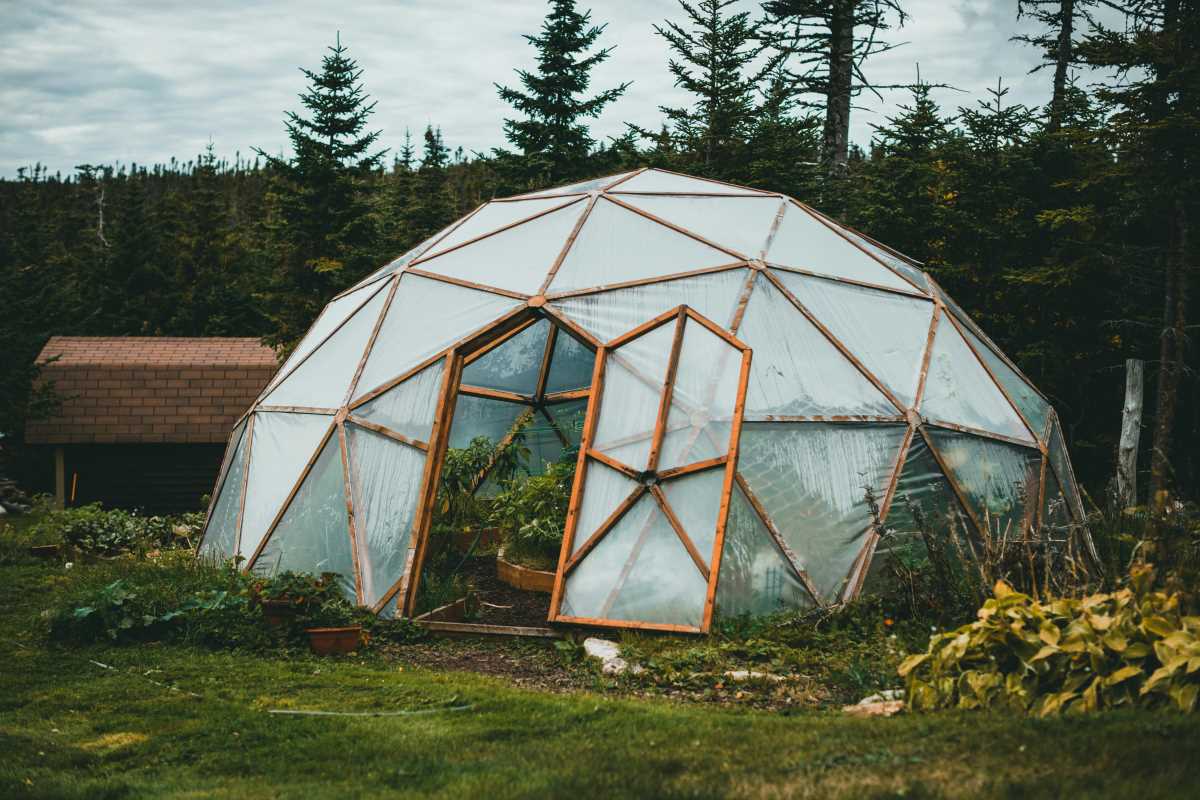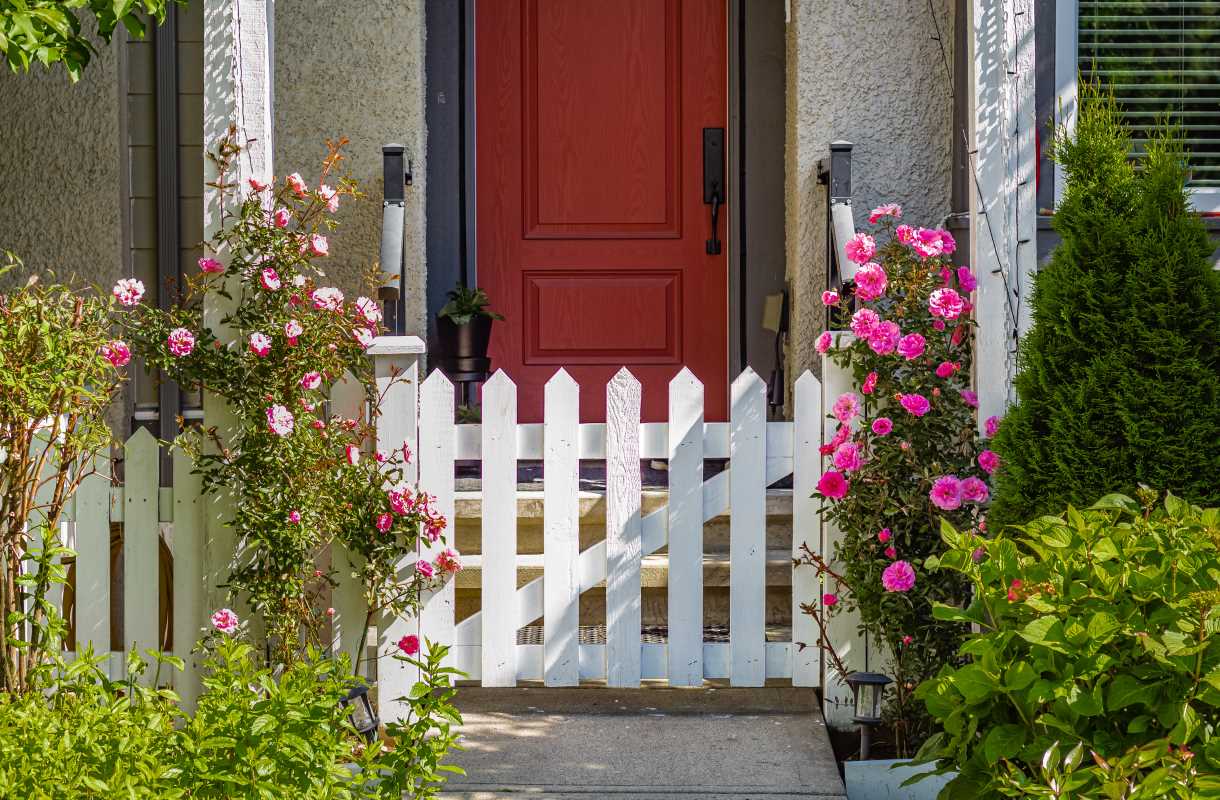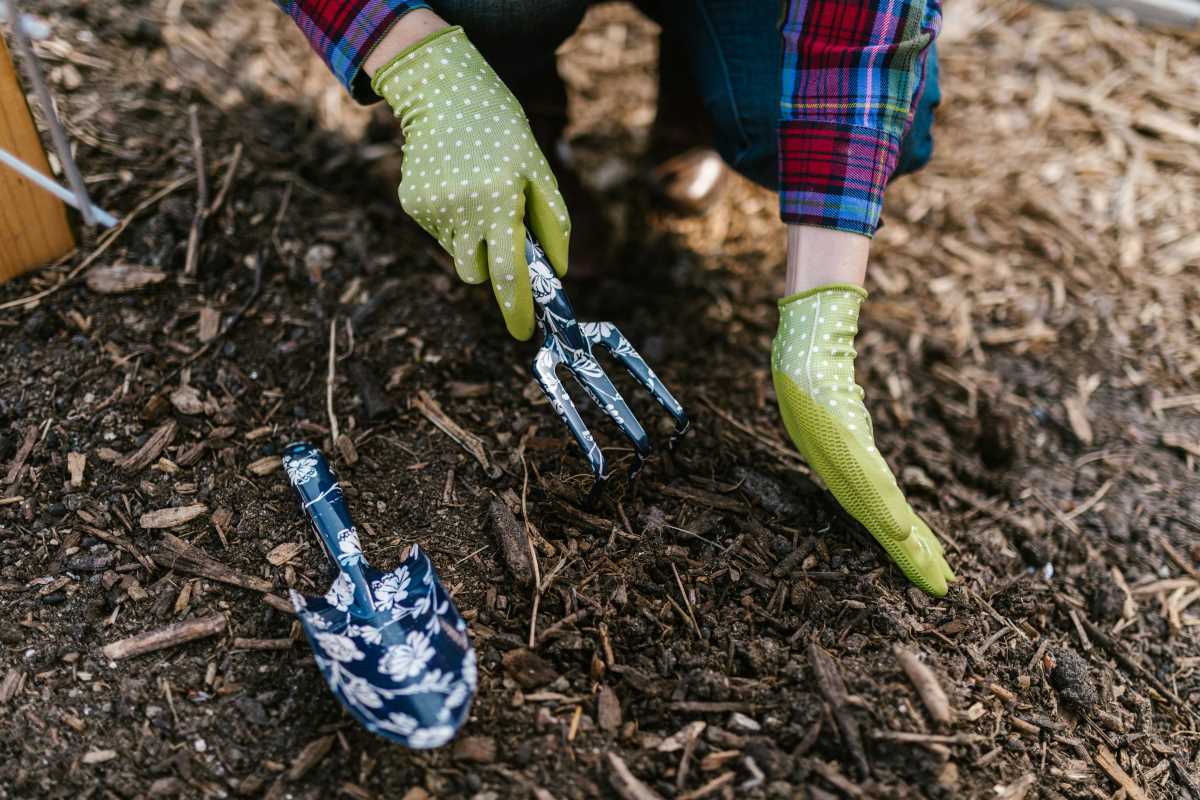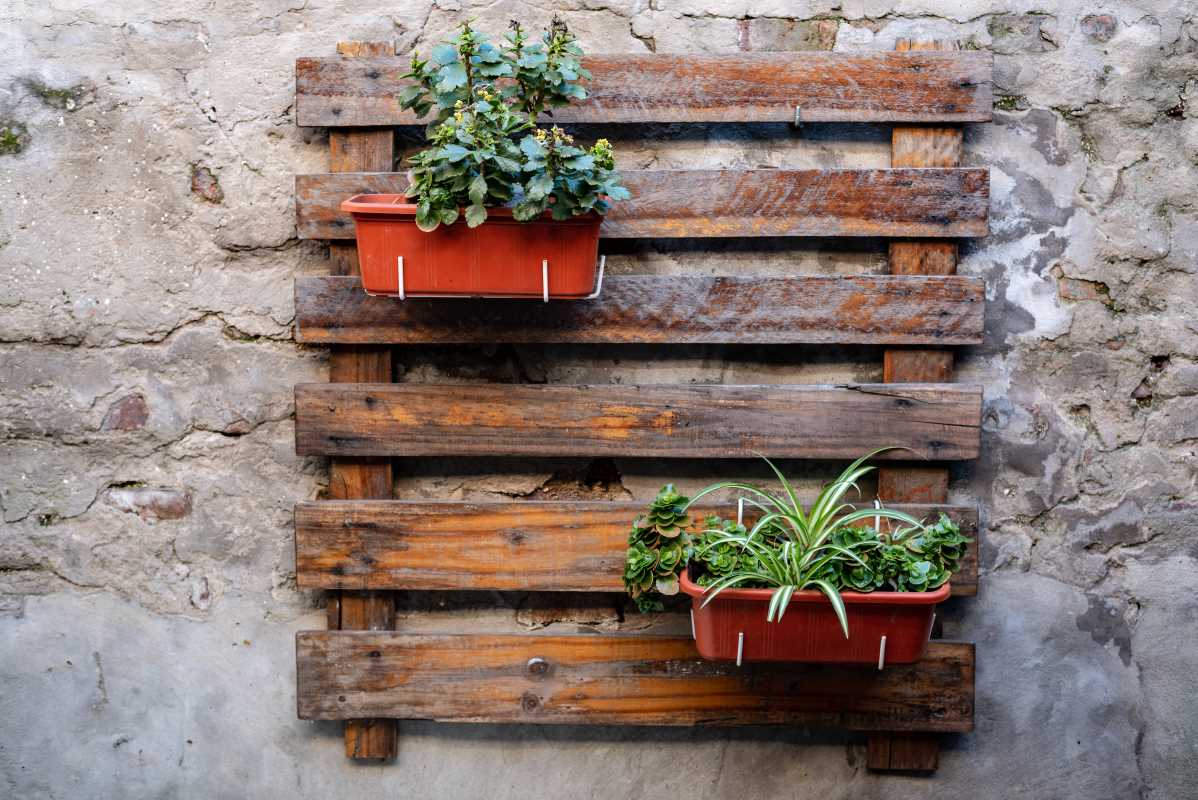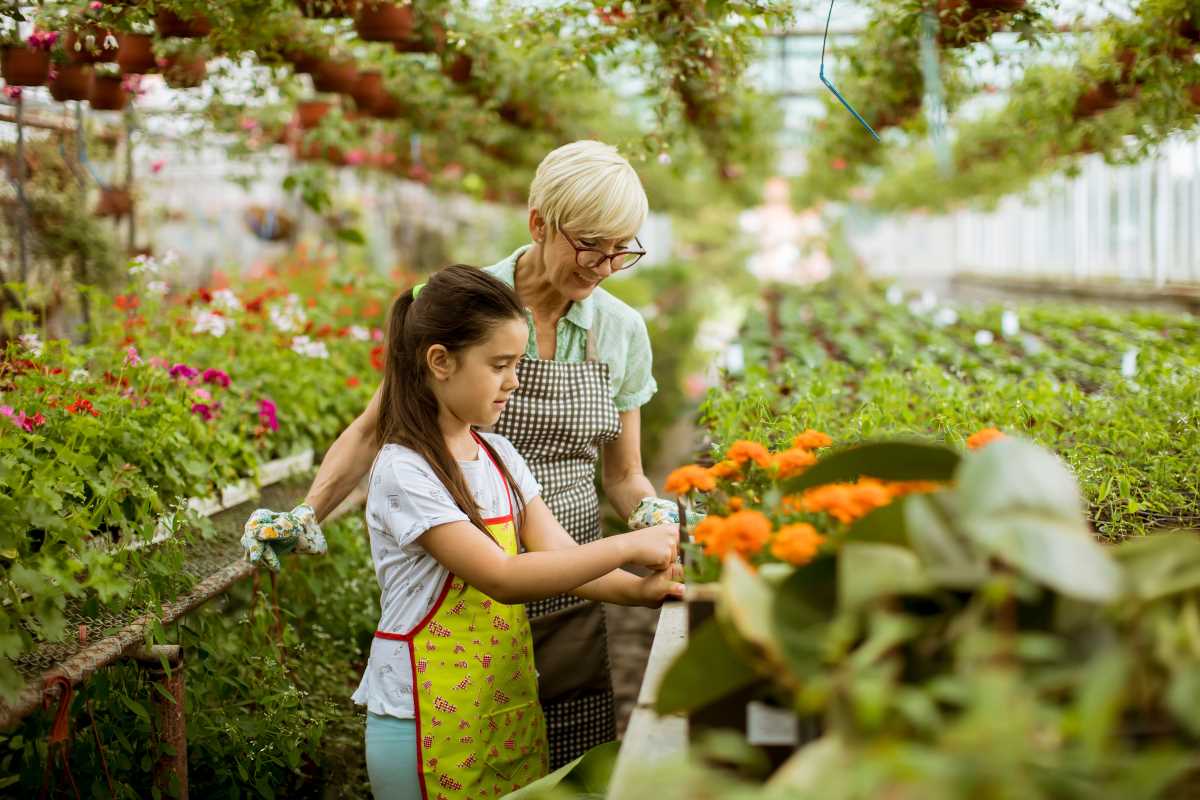Transform your small outdoor space into an oasis of productivity by setting up a compost corner. This simple project allows you to recycle organic kitchen scraps and yard trimmings, converting them into nutrient-rich soil that benefits your garden and the environment. You don't need a sprawling garden to start; even the tiniest spot can produce impressive results with thoughtful planning. By taking a practical and direct approach to composting, you can start this eco-friendly journey without much hassle. Soon, you'll witness nature's magic as it turns your waste into a valuable resource, enriching the earth and your plants.
Having a dedicated compost spot brings many benefits that go beyond reducing waste. It cuts down on your trash output and supports sustainable living. This simple practice can also improve the quality of your soil without requiring a large backyard. Each step you take towards composting contributes to a healthier garden and a cleaner environment.
Why Composting is Perfect for Small Spaces
Composting in small spaces offers multiple advantages that make it a practical choice for anyone with limited outdoor room. When you start composting, you see immediate benefits in your day-to-day gardening and waste management practices.
- You reduce the amount of household waste going to landfills.
- You generate a free source of organic fertilizer for your plants.
- You minimize the need to purchase expensive commercial fertilizers.
- You improve soil structure and moisture retention, even in small garden beds.
- You encourage a closer connection between your daily kitchen habits and the growth of your plants.
These benefits make composting a rewarding activity, especially when space is limited. You can enjoy a robust and eco-friendly gardening approach without needing a large backyard or specialized equipment.
Connecting your indoor habits with your garden not only supports your plants but also helps you establish sustainable routines that contribute to a healthier environment.
Tips for Setting Up a Compost Corner
Picking the best place for your compost setup is essential, especially when your outdoor space is limited. Find an area that receives partial sunlight throughout the day, which keeps your pile active without drying out quickly. An ideal spot remains accessible and undisturbed, so you can easily add your organic waste and turn the pile as needed.
Think about factors like proximity to your kitchen and garden, since transporting scraps over long distances can be inconvenient when space is tight. Position your compost near a fence or wall to provide some privacy and help contain the materials. The goal is to select an area that balances convenience, enough sunlight, and sufficient room to work around.
Supplies You'll Need
Before you start building your compost corner, gather all the necessary supplies. Being prepared will make the process smoother and more enjoyable.
- Organic materials such as fruit and vegetable scraps, coffee grounds, leaves, and small branches.
- A sturdy container or structure to serve as your compost bin that keeps critters away and retains moisture.
- A rake or garden fork for mixing and turning the compost pile.
- A water source or hose to keep the compost adequately moist.
- A cover or lid if you live in an area with heavy rainfall or lots of pests.
These supplies are usually low-cost and easy to find, making composting an affordable project. Many components can be repurposed from items you already have around the home.
Gathering your supplies ahead of time prepares you for a seamless composting experience, ensuring you avoid unexpected challenges once you begin.
Step-by-Step: Building Your Compost Corner
Constructing your compost corner works best when you break it down into simple, manageable steps. This process is designed to be flexible, so adapt your setup based on your available space and resources.
- Pick a spot: Choose a location based on the tips provided, ensuring it has good drainage and enough sunlight. Avoid overly shaded or waterlogged areas.
- Prepare your container: If you don't have a ready-made bin, build one using reclaimed wood or wire mesh. Leave small gaps for airflow and easy turning of the heap.
- Layer your materials: Start with a base layer of coarse materials like small branches or straw to promote air circulation. Follow with alternating layers of "green" nitrogen-rich items (vegetable peels, grass clippings) and "brown" carbon-rich materials (dry leaves, paper).
- Maintain moisture: Lightly water each layer to keep moisture levels up. The compost should be damp like a wrung-out sponge but not soaking wet. Adjust water based on your weather conditions.
- Turn your compost: Every few weeks, use a rake or garden fork to turn the pile. This process aerates the mixture, speeding up decomposition and preventing odors.
- Monitor the process: Keep an eye on the temperature and other fundamentals of your compost. If needed, add more brown or green materials to balance the decay.
Following these steps makes building and maintaining your compost corner both manageable and efficient. You’ll enjoy seeing scraps turn into nourishing soil for your plants.
With very few tools and a little effort, turning your waste into a valuable garden resource becomes a satisfying experience you can do right in your own yard.
Composting Tips for Limited Outdoor Room
When space is tight, try vertical composting with stackable containers or wall-mounted systems to make the most of your area. Use materials that break down quickly, chop larger pieces, and manage moisture by adding brown materials or turning the pile for better airflow.
Composting in a small garden turns kitchen scraps into valuable soil. Follow these steps to enjoy a simple, efficient process and help your plants thrive.
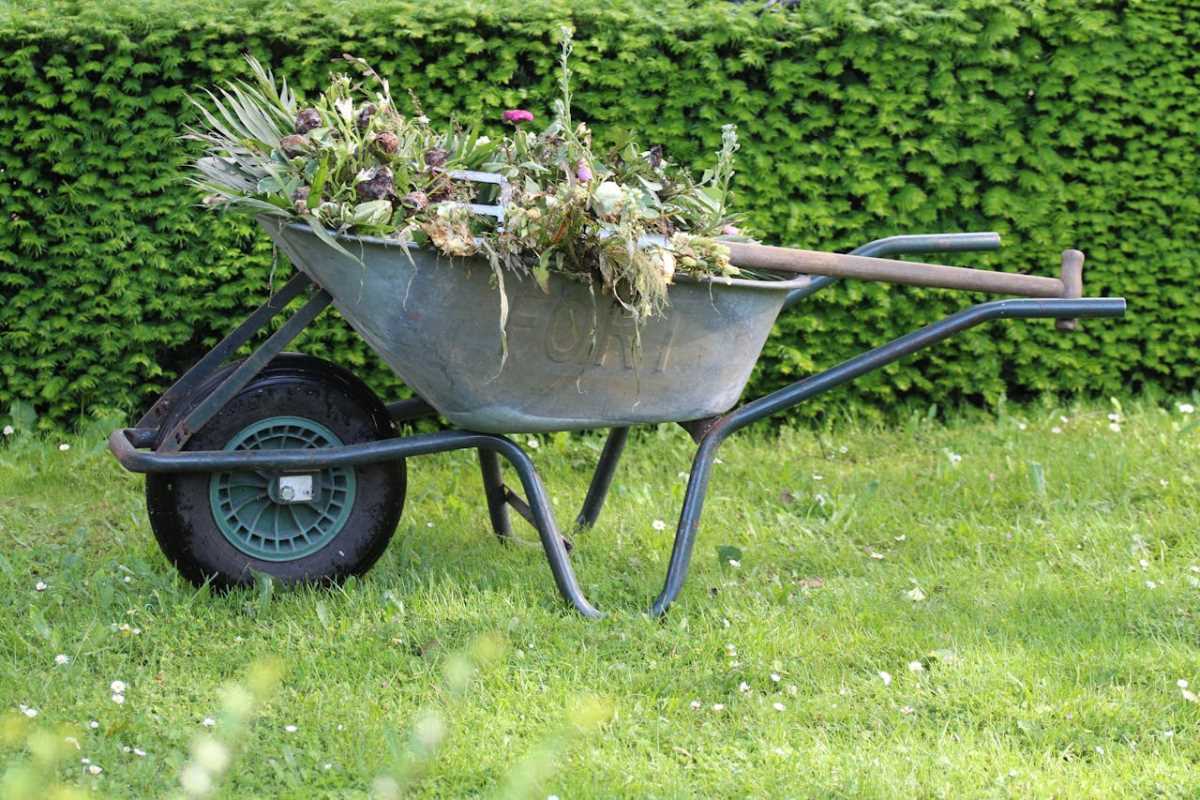 (Image via
(Image via